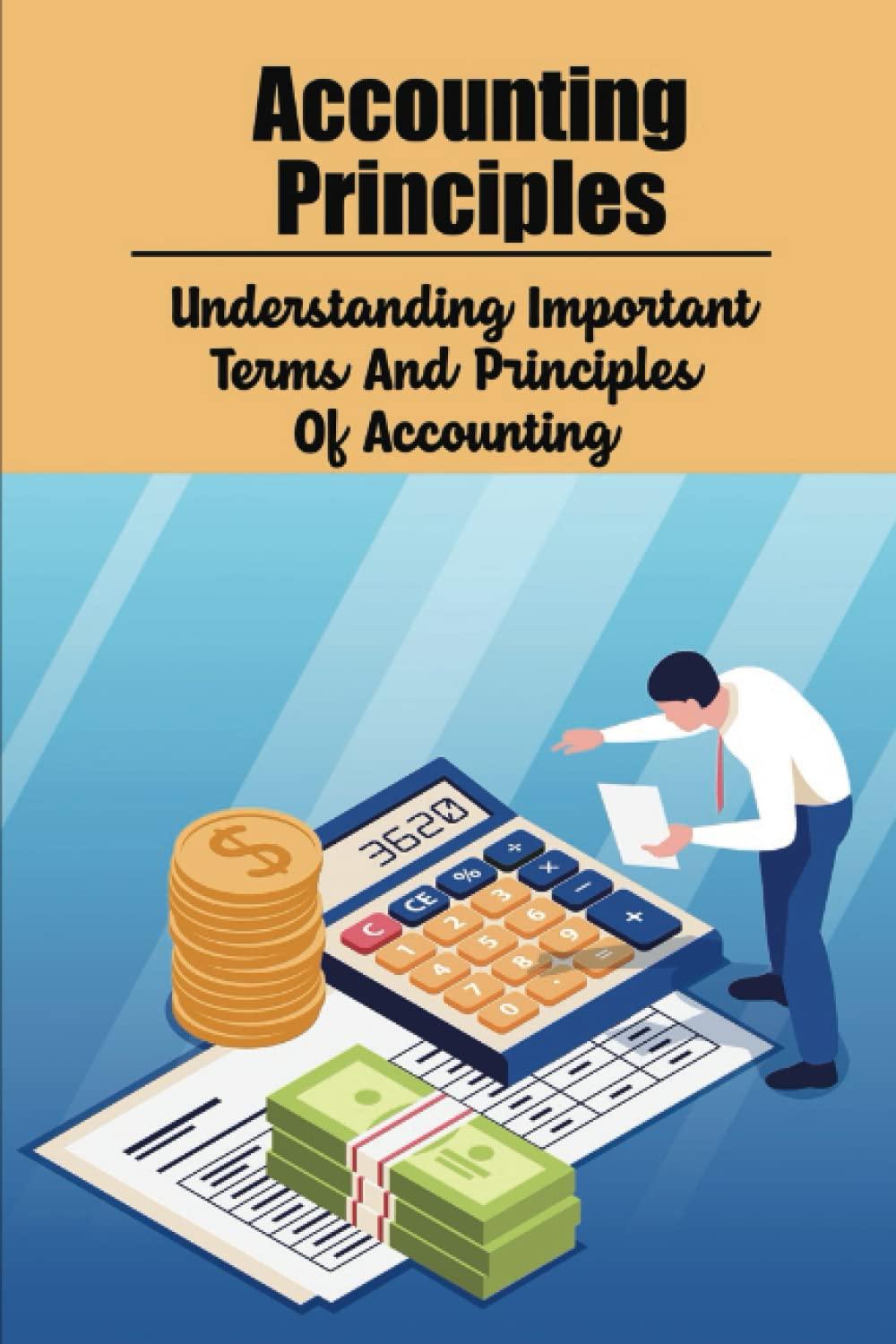Question
Question 1 Bullen & Company makes and sells high quality glare filters for microcomputers monitors. John Crave, controller, is responsible for preparing Bullens master budget
Question 1
Bullen & Company makes and sells high quality glare filters for microcomputers monitors. John Crave, controller, is responsible for preparing Bullens master budget and has assembled the following data for 2023.
The direct labour rate includes wages, all employee-related benefits, and the employers share of UIF. Labour saving machinery will be fully operational by March. Also, as of 1 March, the companys union contract calls for an increase in direct labour wages that is included in the direct labour rate. Bullen expects to have 10 000 glare filters in inventory as at 31 December 2022, and has a policy of carrying 50% of the following months projected sales in inventory.
2023
January
February
March
April
Estimated unit sales
20 000
24 000
16 000
18 000
Sales price per unit
R80
R80
R75
R75
Direct labour hours per unit
4
4
3.5
3.5
Direct labour hourly rate
R15
R16
R16
R16
Direct materials cost per unit
R10
R10
R10
R10
Required:
1.1 On the basis of the preceding data, prepare the following budgets for 2021:
a. Production budget
b. Direct materials purchases budget
c. Direct labour budget
d. Sales
1.2 Calculate the total budgeted contribution margins for Janzen Company for the first quarter of 2023. Show supporting calculations.
Question 2
Bernard Creighton is the controller for Creighton Hardware Store. In putting together the cash budget for the fourth quarter of the year, he has assembled the following data.
a. Sales
July (actual) R100 000
August (actual) R120 000
September (estimated) R90 000
October (estimated) R100 000
November (estimated) R135 000
December (estimated) R150 000
b. Each month, 20% of sales are for cash, and 80% are on credit. The collection pattern for credit sales is 20% in the month of sale, 50% in the following month, and 30% in the second month following the sale.
c. Each month, the ending inventory exactly equals 40% of the cost of next months sales. The mark-up on goods is 33.33% of cost.
d. Inventory purchases are paid for in the month following purchase.
e. Recurring monthly expenses are as follows:
Salaries and wages R10 000
Depreciation on plant and equipment R4 000
Utilities R1 000
Other R1 700
f. Property taxes of R15 000 are due and payable on 15 September.
g. Advertising fees of R6 000 must be paid on 20 October.
h. A lease on a new storage facility is scheduled to begin on 2 November. Monthly payments are R5 000.
i. The company has a policy to maintain a minimum cash balance of R10 000. If necessary, it will borrow to meet its short-term needs. All borrowing is done at the beginning of the month. All payments on principal and interest are made at the end of the month. The annual interest rate is 9%. The company must borrow in multiples of R1 000.
j. A partially completed balance sheet as of 31 August is given below. (Accounts payable is for inventory purchases only.)
Assets
Liabilities and Owners Equity
R
R
Cash
?
Accounts receivable
?
Inventory
?
Plant and equipment
431 750
Accounts payable
?
Common stock
220 000
Retained earnings
268 750
Totals
?
?
Required:
2.1 Complete the balance sheet given in j above.
2.2 Bernard wants to see how the company is doing prior to starting the month of December. Prepare a cash budget for the months of September, October and November and for the three-month period in total (the period begins on 1 September). Provide supporting schedule of cash collections.
2.3 Prepare a pro-forma balance sheet as at 30 November.
Question 3
Indiana Company manufactures external hard drives. At the beginning of the period, the following plans for production and costs were revealed:
Units to be produced 25 000
Standard cost per unit:
Direct materials R10
Direct labour R 8
Variable overhead R 4
Fixed overhead R 3
Total unit cost R25
During the year, 24 800 units were produced and sold. The following actual costs were incurred:
Direct materials R264 368
Direct labour R204 352
Variable overhead R107 310
Fixed overhead R 73 904
There were no beginning or ending inventories of direct materials. The direct materials price variance was R10 168 unfavourable. In producing the 24 800 units, a total of 12 772 hours were worked, 3% more hours than the standard allowed for the actual output. Overhead costs are applied to production using direct labour hours.
Required:
3.1 Prepare a performance report comparing expected costs to actual costs.
3.2 Determine the following:
a. Direct materials usage variance
b. Direct labour rate and usage variances
c. Variable overhead spending and efficiency variances
d. Fixed overhead spending and volume variances
3.3 Use T-accounts to show the flow of costs through the system. Close off variances to the Cost of goods sold account.
Step by Step Solution
There are 3 Steps involved in it
Step: 1

Get Instant Access to Expert-Tailored Solutions
See step-by-step solutions with expert insights and AI powered tools for academic success
Step: 2

Step: 3

Ace Your Homework with AI
Get the answers you need in no time with our AI-driven, step-by-step assistance
Get Started


